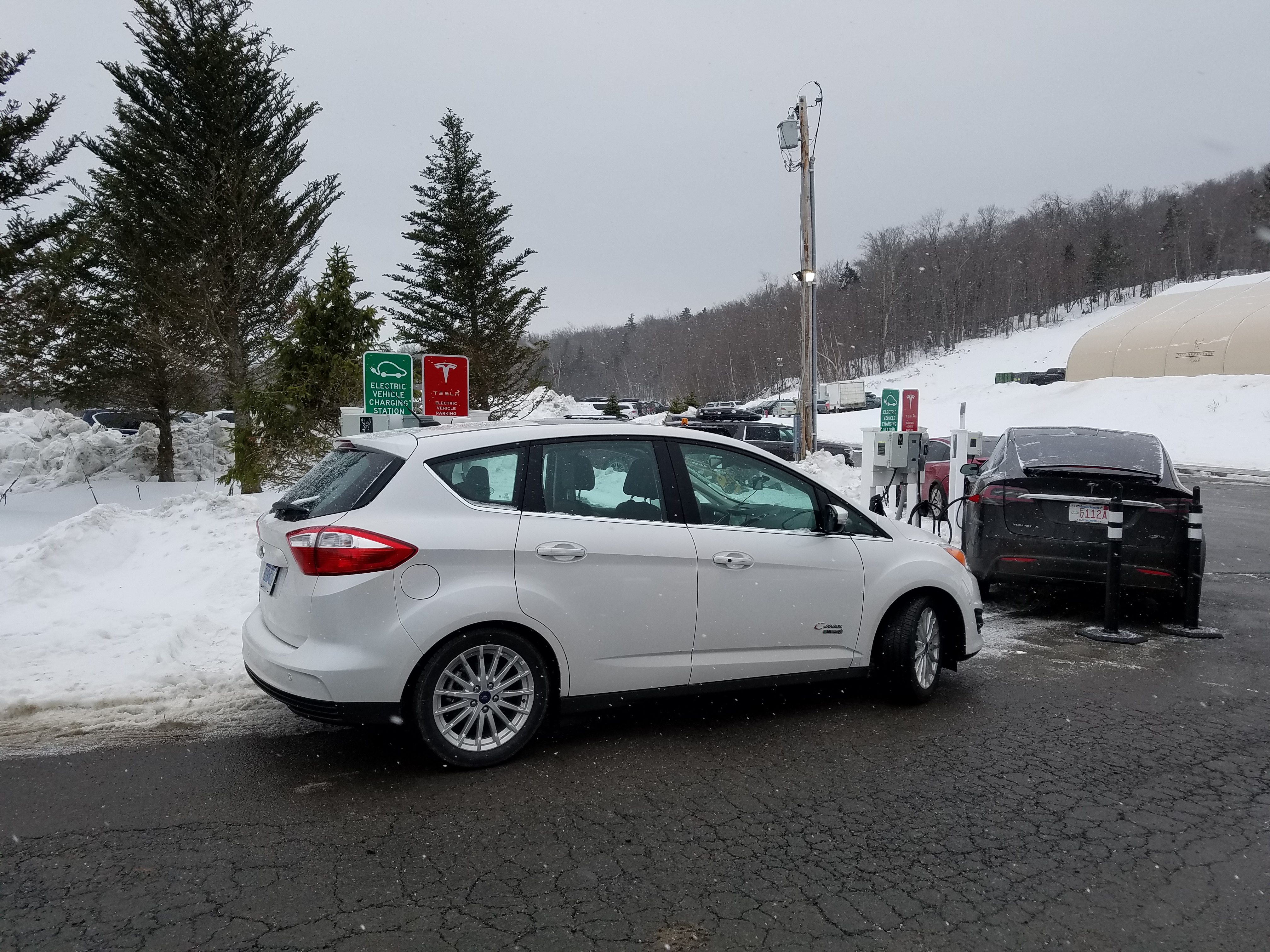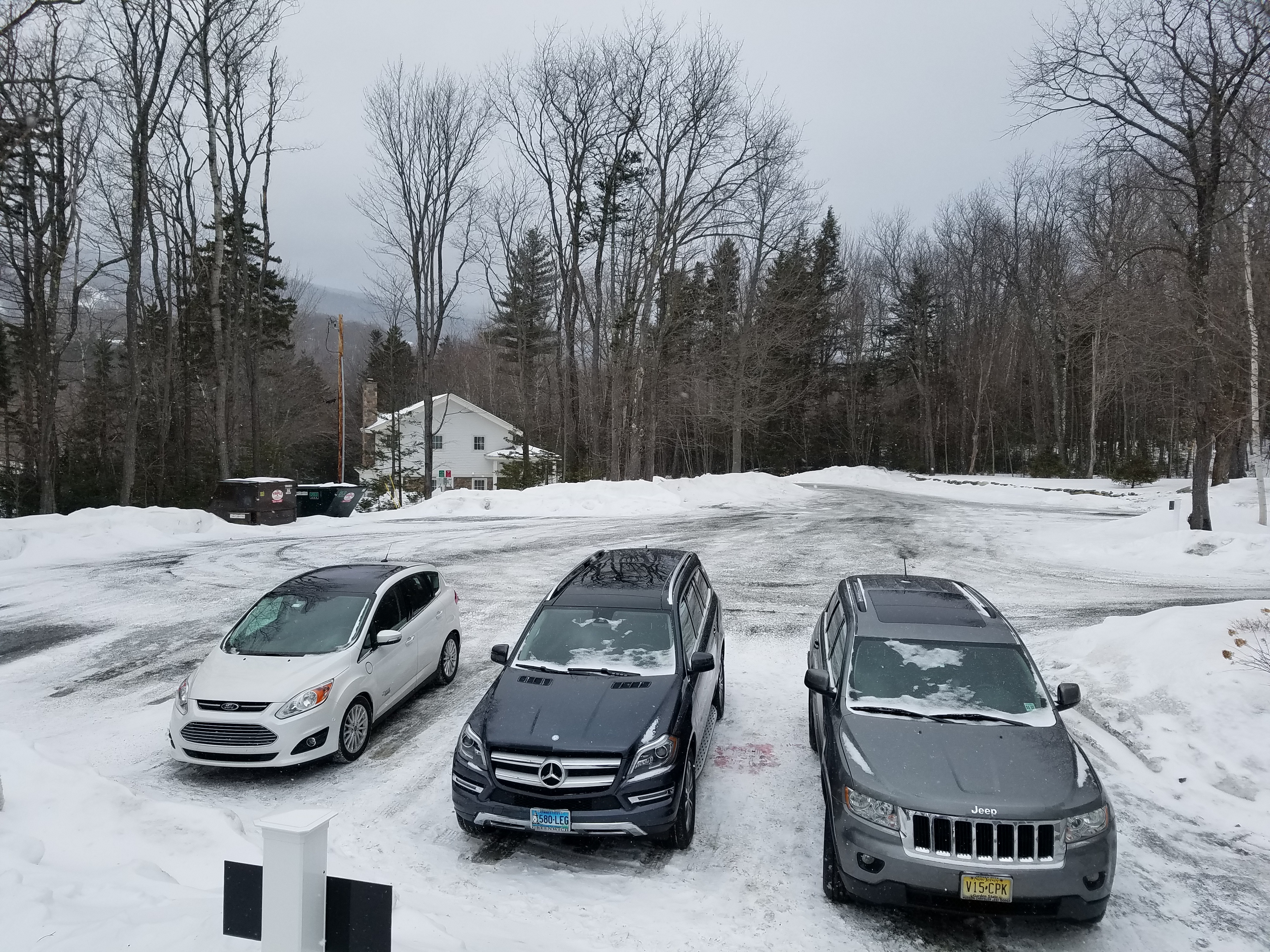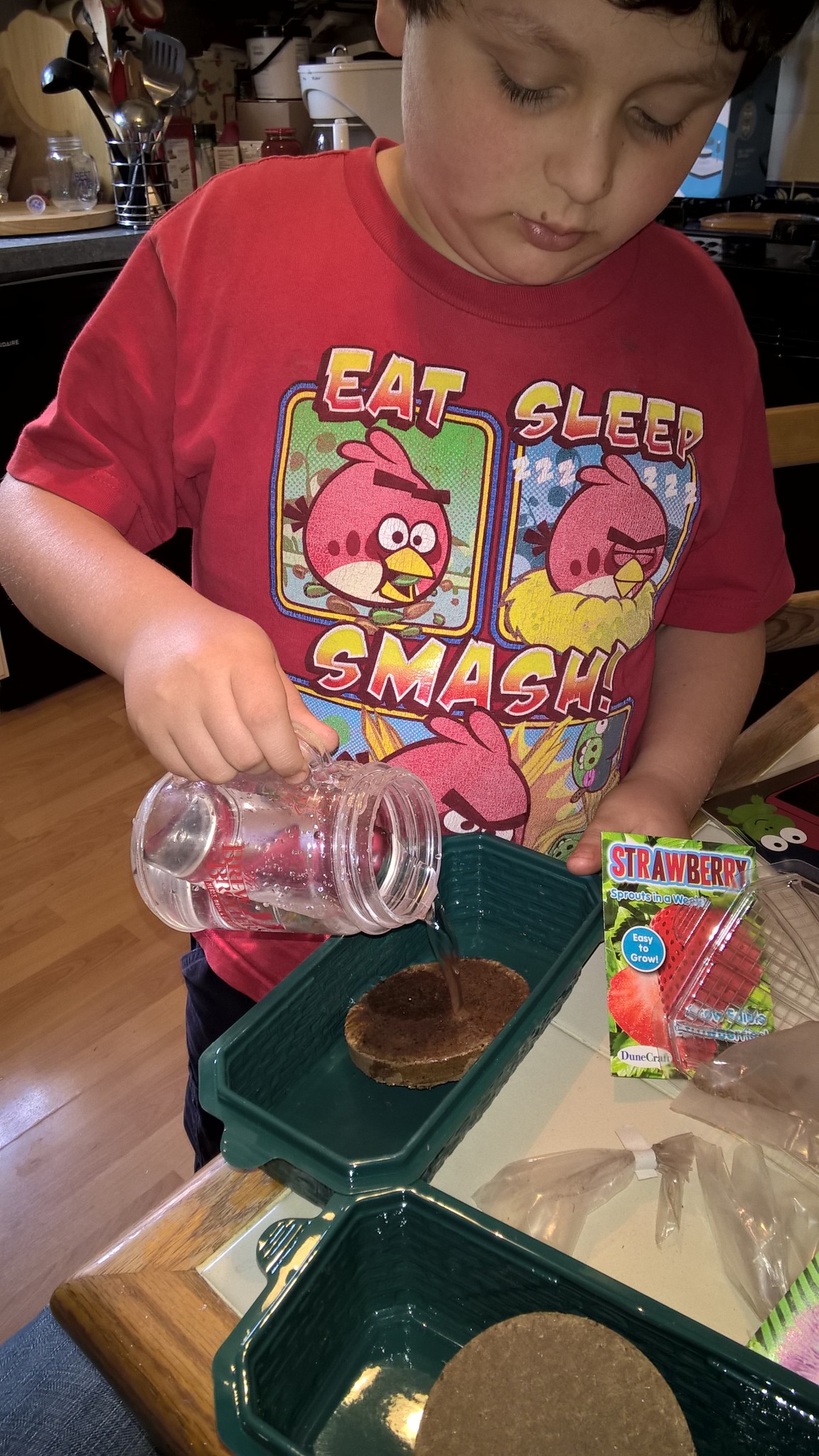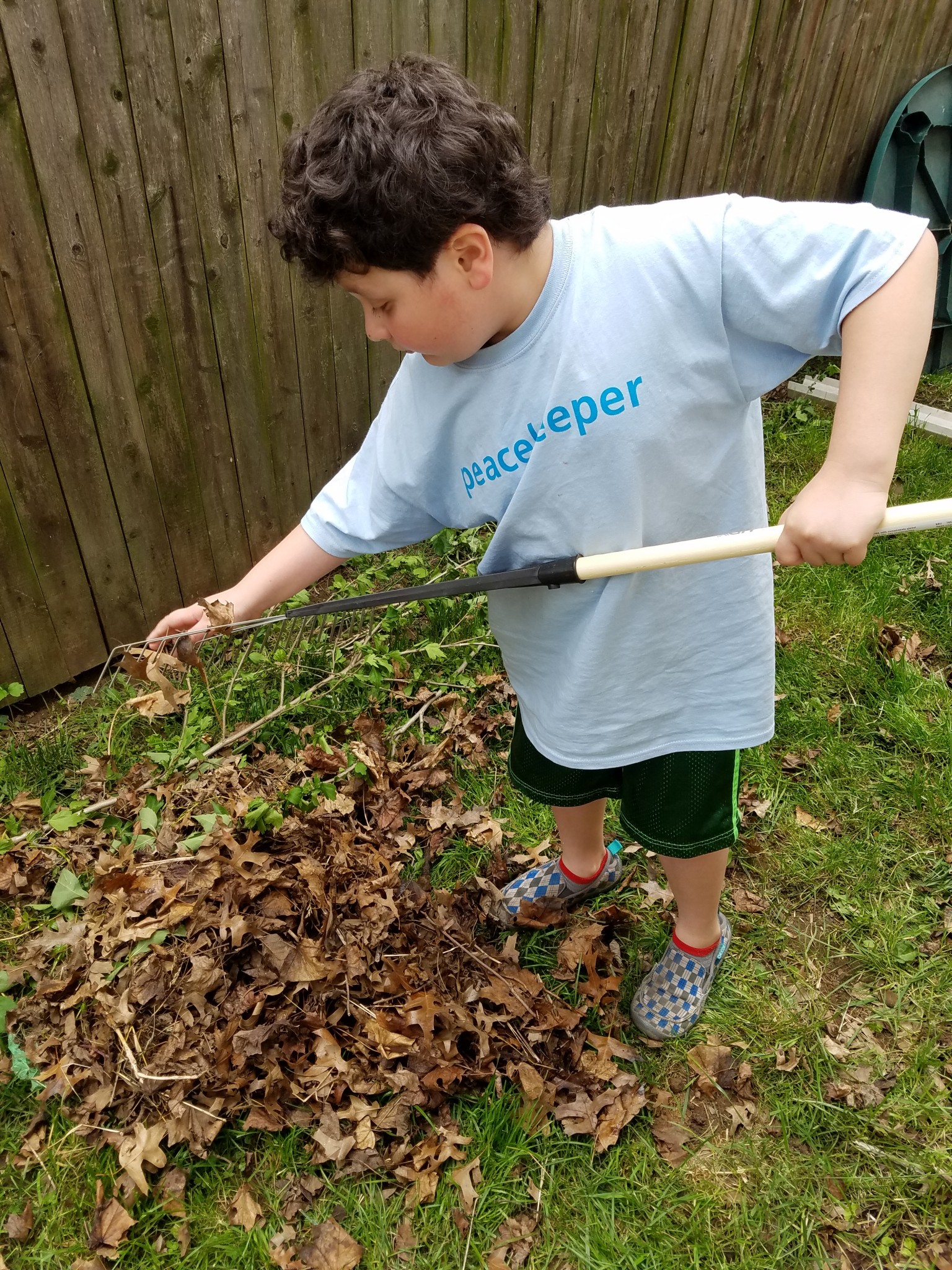The crazy weather and horrid hurricanes and storms plaguing the entire planet are more than enough proof of the climate change. Scientists have yet to determine whether we are past the point of no return. However, one thing is perfectly clear now and it’s that reducing the carbon footprint of your home is essential. It’s the contribution everyone can make into the fight for preserving our planet’s health. It’s also a wise way of saving a bit of money, as making your house more energy-efficient will cut down your bills. To make your home more ‘green’ you’ll need to replace some appliances with a solar installation companies and do some minor but effective changes to the décor.
5 Steps to an Energy-Efficient Home Everyone Can Afford
Forget about your clothes dryer
There are energy-efficient variations of all important house appliances. You can check the Energy Star website to choose the best devices for your home. You’ll be able to find clothes driers there. However, the truth is that this particular appliance is never worth the energy it uses. Regardless of how little of it the device consumes.
A washing machine with a high RPM (rotation per minute) rate can ensure your clothes come out nearly dry. Therefore, unless you are living in a place where air-drying is a complete impossibility, using a dryer is always a waste of money as well as a major addition to the carbon footprint of your home. Note that it’s also not good for the majority of fabrics.
Reduce your use of an AC unit
Fans are over a dozen times more energy-efficient than air conditioning systems. The Huffington Post also brings to light some important research on how AC units can be a cause of sickness. Therefore, the best way to keep your room cool in the summer is to get a high quality stand fan. This particular type of device allows you to cool a specific area and offers you something an AC cannot, meaning a pleasant breeze.
Ceiling fans are also more efficient than air conditioning and require less maintenance. They can make an entire room cooler, but overall, their ‘effect’ is less pronounced than that of a pedestal fan.
Make your house ‘leak-proof’
The most ‘leaks’ your house has, the more energy you are wasting when cooling or warming it. If you can’t afford to renovate and add another layer of insulation or replace your windows, you can look up DIY options. There are affordable kits that will allow you to reduce the waste of heat through the windows and doors. You can find many cheap insulation materials and cut the costs further by looking for discounts. Also, don’t forget about simple things, like sealing off your chimney when it’s not in use or finding some thick curtains.
Reorganize your home (if necessary)
Sometimes, to make your home more energy-efficient you only need to move the furniture. Make sure none of the vents are obstructed by anything. Lift the curtains up or away from the radiators. Place big pieces of furniture near the walls so they don’t obstruct the air circulation.
You also need to make sure that your fridge isn’t located anywhere near the stove. Even if your kitchen is very small, try to have at least one cupboard between them.
Get a dishwasher
Even when you are on a tight budget, you should consider buying a dishwasher as soon as you are able. Studying your water bills should inspire you to do this as using this appliance. Think that washing a load of dishes by hand might use up 27 gallons of water.
An Energy Star approved dishwasher will need about 3 gallons per one load. This difference easily makes up for the bit of electricity used by the appliance and still allows you to save money in the long run.



























